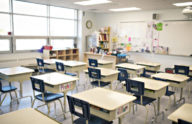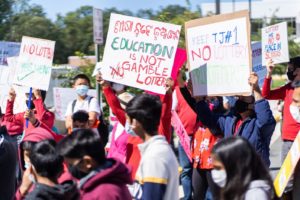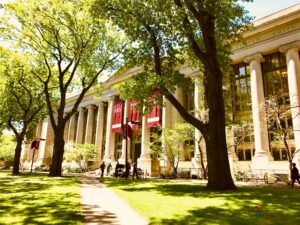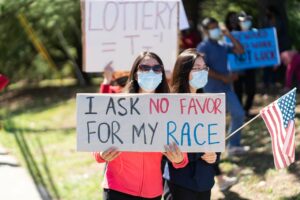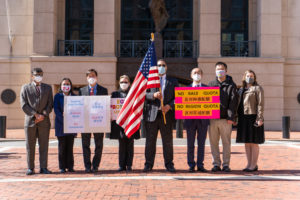Stop discriminating in schools and start lifting up the students that need help

In a recent Wall Street Journal column on structural racism, Bill McGurn argues that “if ever there were a structure systemically keeping African-Americans from getting ahead, it would surely be America’s big city public-school systems.”
He’s right. But the problem extends much further—from the very worst public schools to some of the very best. While a failing elementary school and an elite public high school may seem to have little in common, the two are linked in a game of racial politics where the biggest losers are the very children public schools are supposed to serve.
For decades, elite public high schools have offered the opportunity for a first-rate education for gifted students of many backgrounds. In New York City, children of immigrant families study hard for a chance to attend schools like Stuyvesant or Bronx Science. In Northern Virginia, students whose families hail from over 30 different countries learn at top-ranked Thomas Jefferson High School. Until recently, San Francisco’s Lowell High School, the oldest public high school west of the Mississippi, boasted 82 percent minority enrollment.
Today these schools are under fire, and it has nothing to do with the quality of the education they’re providing.
It has everything to do with the skin color of the children who learn within their walls.
In our current era of hyper-focus on race, school officials have turned the spotlight on elite public high schools. These schools traditionally use race-blind admissions tests to admit the most qualified students, regardless of race, gender, or economic status. Sixty years ago, an admissions test meant that the son of a sharecropper from South Carolina was admitted to Bronx Science, because his test scores spoke louder than his skin color. Today, it means that the daughter of working-class Chinese immigrants can get a world-class education at Stuyvesant despite her family’s socioeconomic status.
And even though most elite public schools are incredibly diverse, they are apparently the wrong kind of diverse.
When school officials complain of a lack of diversity, they don’t mean Asian-American students. The student bodies of Thomas Jefferson, Lowell, Bronx Science, and Stuyvesant are all majority Asian-American (which is itself a broad and diverse group).
When school officials complain of a lack of diversity, they don’t mean socio-economic diversity. Over 90 percent of the Asian-American students at Stuyvesant qualify for free or reduced-price lunch.
No, when school officials complain of a lack of diversity, they mean specifically that there aren’t enough Black and Hispanic students qualifying for admission to elite public high schools.
Urban public schools are undoubtedly failing Black and Hispanic students. McGurn notes that in New York City, only 10 percent of Black eighth-graders are proficient in math and 14 percent are proficient in English. Yet Mayor Bill de Blasio “professes to be shocked, shocked that Black students aren’t passing the highly competitive entrance exams for the city’s most elite public high schools.”
The numbers are equally abysmal in other cities. It’s no wonder that Black and Hispanic students aren’t prepared to compete for spots at top public high schools.
So what is a school district to do?
It could put in the hard work to reform failing public schools, giving all students access to a quality education and supporting gifted learners from the very beginning of their educational careers.
But it’s much easier to blame a “racist” admissions policy and make race-blind admissions tests the scapegoat. By replacing merit-based admissions policies with subjective criteria, school districts can manipulate the racial ratios of their schools however they want.
In this game of racial balancing, “overrepresented” Asian-American students are universally the losers. When Thomas Jefferson implemented a new, subjective admissions policy this year, Asian-American students went from 73 percent of the incoming freshman class to 54 percent. Asian-American enrollment also decreased at Lowell High School, which ended merit-based admissions this spring after failing to achieve the racial balance its school board hoped for.
School districts call this racial manipulation “increasing diversity.” A lot of other people call it discrimination. That’s our take, and why PLF is representing parents in three different lawsuits.
Introducing discrimination into elite public school admissions programs doesn’t solve anything except the political problems of the city politicians.
The only way to truly help minority students caught in failing schools is to either improve those schools or give the students the option to go to a better school.



